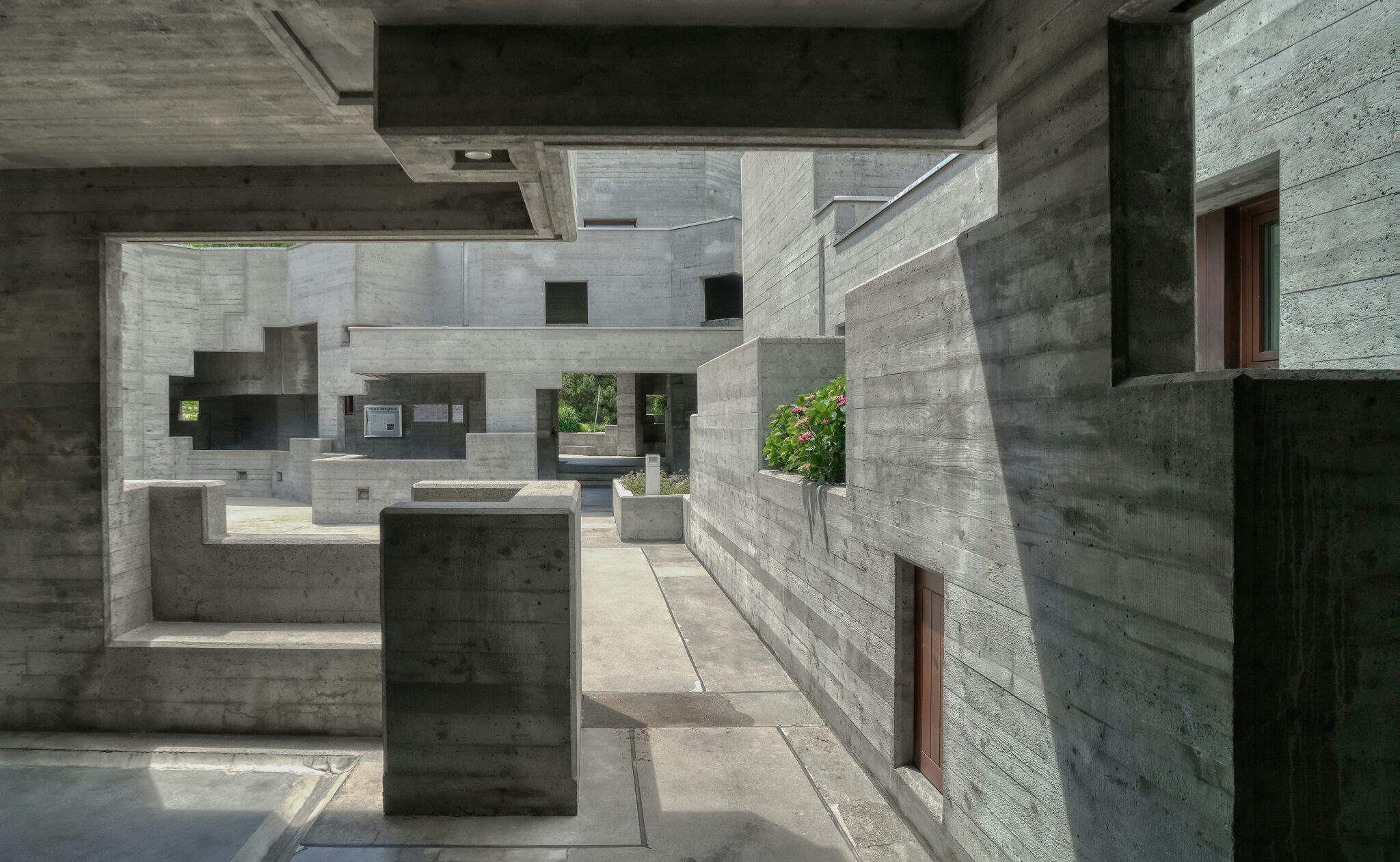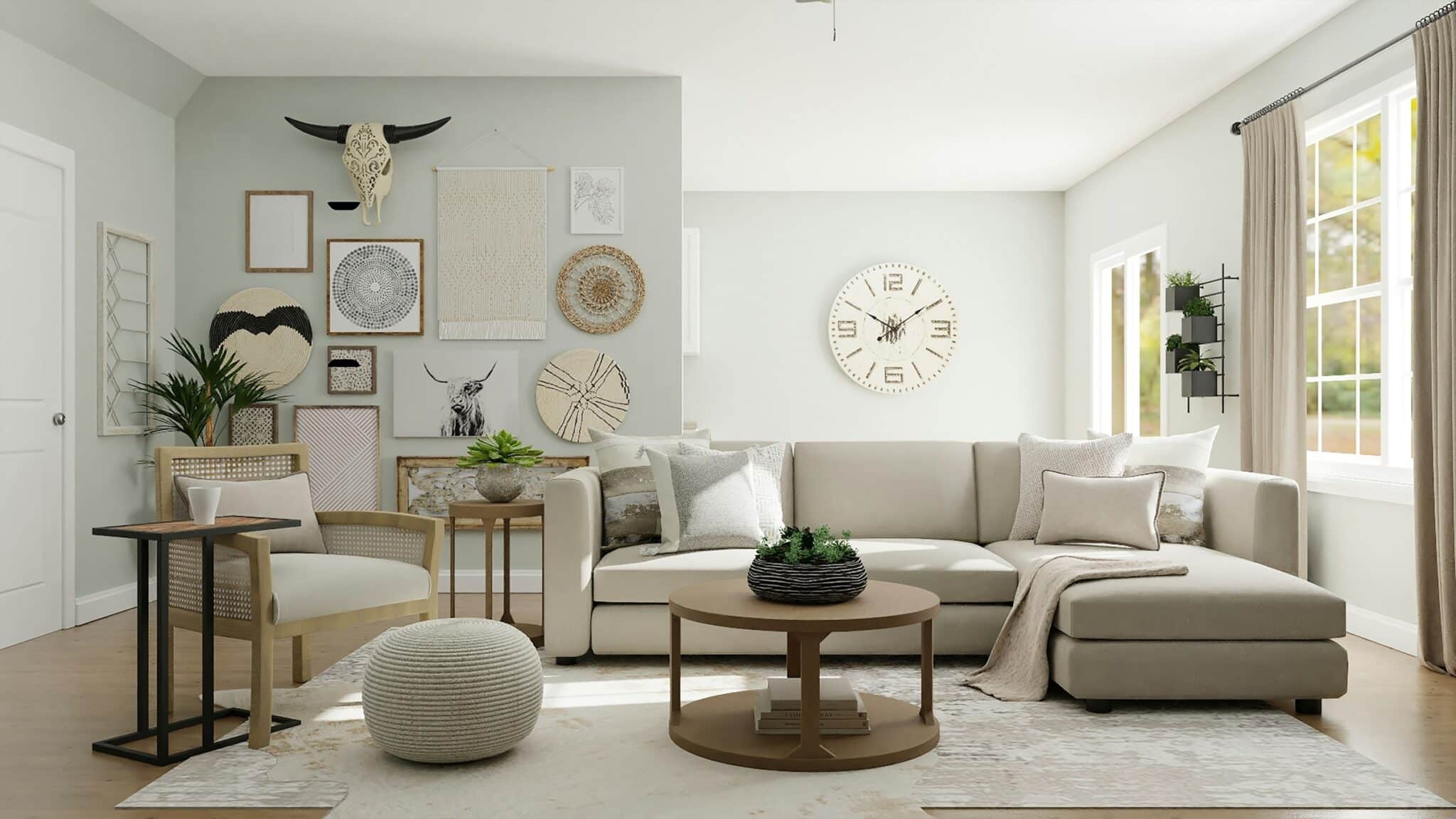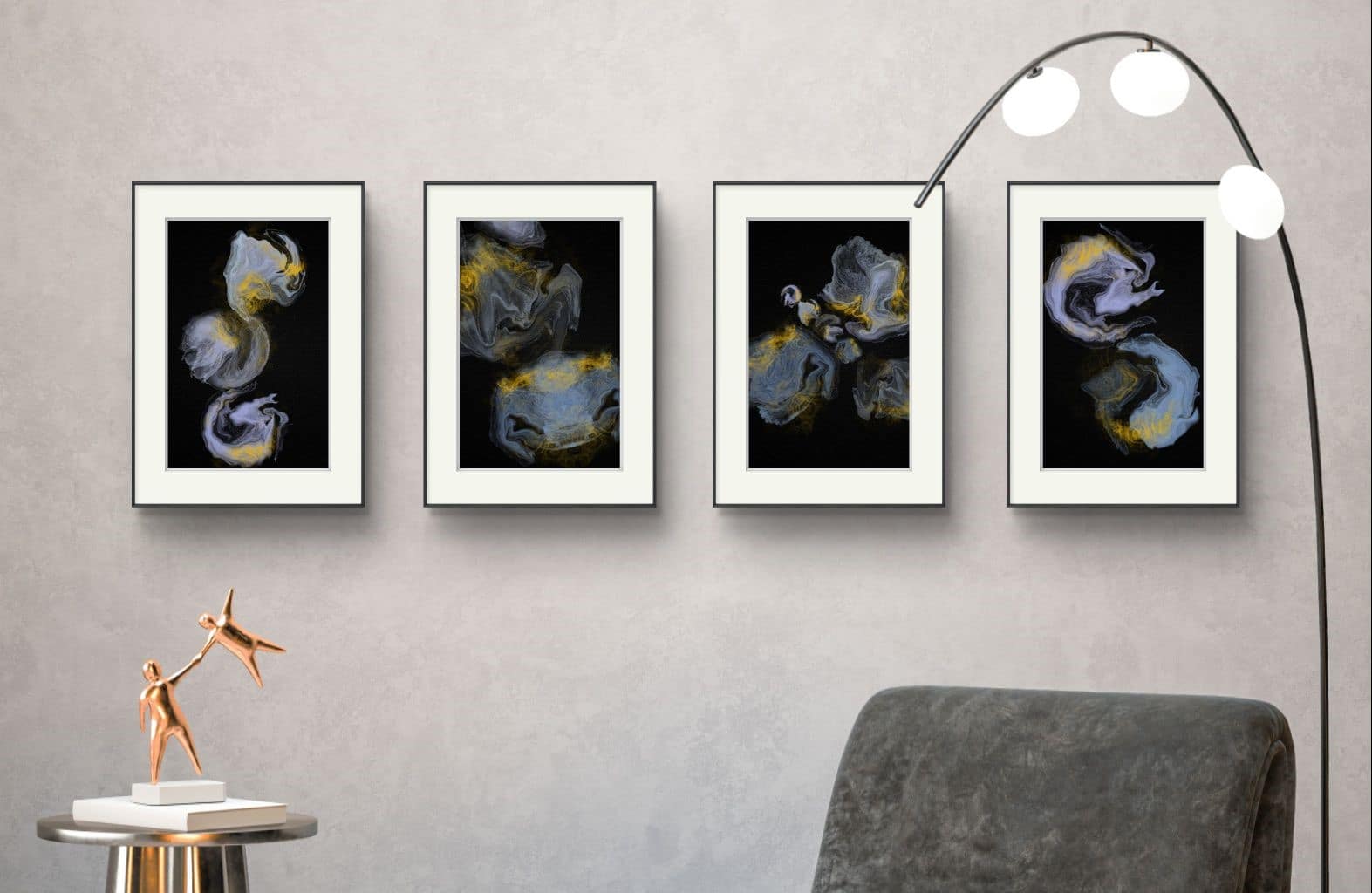Introduction
Modern interior design has become a cornerstone of contemporary living spaces, blending functionality, simplicity, and elegance to create environments that are both visually appealing and comfortable. In this guide, we will explore the key principles of modern interior design, its evolution, essential elements, and practical tips to help you transform your space into a modern haven. Whether you are redecorating your home or starting from scratch, understanding the fundamentals of modern interior design will enable you to make informed choices that reflect your personal style.
The Evolution of Modern Interior Design
Modern interior design emerged in the late 19th and early 20th centuries as a response to the ornate and elaborate styles of the Victorian era. It was influenced by the modernist movement, which emphasized simplicity, form, and function. Pioneers like Le Corbusier, Ludwig Mies van der Rohe, and Frank Lloyd Wright championed the idea that design should serve the needs of the people and their lifestyles, rather than adhering to rigid traditional aesthetics.
Over the decades, modern interior design has evolved, incorporating elements from various styles, including mid-century modern, Scandinavian, and minimalist design. Today, it remains a dynamic and adaptable approach that continues to inspire designers and homeowners alike.
Key Principles of Modern Interior Design
- Simplicity and Functionality
At the heart of modern interior design is the principle of simplicity. This involves creating uncluttered spaces that prioritize function without sacrificing aesthetic appeal. Furniture and decor are chosen for their practicality and clean lines, avoiding excessive ornamentation.
- Open Floor Plans
Modern interior design often features open floor plans that promote a sense of spaciousness and fluidity. By minimizing walls and barriers, these layouts enhance natural light and encourage interaction among occupants.
- Neutral Color Palettes
Neutral color palettes are a hallmark of modern interior design. Shades of white, gray, beige, and black create a serene backdrop that allows other design elements to stand out. These colors can be accented with bold or subtle pops of color to add interest and personality.
- Natural Materials
Incorporating natural materials such as wood, stone, and metal is essential in modern interior design. These materials add texture and warmth to the space, creating a harmonious balance between the built environment and the natural world.
- Minimalist Decor
Minimalism plays a significant role in modern interior design. Decorative items are carefully curated and kept to a minimum, ensuring that each piece has a purpose and contributes to the overall aesthetic.
Essential Elements of Modern Interior Design
- Furniture
Modern furniture is characterized by its clean lines, geometric shapes, and functional design. Pieces are often made from materials like metal, glass, and wood, with an emphasis on comfort and usability. Iconic modern furniture designs, such as the Eames Lounge Chair or the Barcelona Chair, exemplify these qualities.
- Lighting
Lighting in modern home design is both functional and decorative. Natural light is maximized through large windows and open spaces, while artificial lighting is used strategically to highlight architectural features and create ambiance. Pendant lights, floor lamps, and recessed lighting are common choices.
- Textures and Patterns
While modern interior design favors simplicity, it also embraces the use of textures and patterns to add depth and interest. Textured fabrics, patterned rugs, and wall art can be used to create focal points and break the monotony of a monochromatic color scheme.
- Technology Integration
In today’s world, modern interior design seamlessly integrates technology to enhance convenience and efficiency. Smart home devices, built-in speakers, and concealed wiring are examples of how technology can be incorporated without disrupting the clean aesthetic.
Creating a Modern Interior Design: Room by Room
- Living Room
The living room is often the centerpiece of a home, and modern designs transform it into a space that is both functional and inviting. Start with a neutral color palette and select furniture with clean lines and comfortable seating. A minimalist coffee table, a sleek media console, and a statement piece of art can complete the look. Incorporate natural light with large windows and use layered lighting to create a warm ambiance in the evenings.
- Kitchen
In a modern kitchen, functionality is paramount. Opt for streamlined cabinetry with flat fronts and integrated handles to maintain a clean look. Countertops made of quartz, granite, or concrete add durability and style. Stainless steel appliances and a minimalist backsplash enhance the modern aesthetic. Open shelving or glass-front cabinets can showcase curated kitchenware, adding a personal touch.
- Bedroom
A modern bedroom is a sanctuary of calm and relaxation. Choose a neutral color palette and invest in high-quality bedding with simple patterns or solid colors. Furniture should be minimal and functional, such as a platform bed, bedside tables with clean lines, and a sleek dresser. Incorporate soft textures through rugs, throw blankets, and cushions to create a cozy atmosphere.
- Bathroom
Modern bathrooms emphasize cleanliness and simplicity. Use materials like glass, stone, and metal to create a sleek, spa-like environment. Floating vanities, frameless mirrors, and walk-in showers with glass enclosures are popular choices. Consider incorporating a statement piece, such as a freestanding bathtub or a unique light fixture, to add character.
- Home Office
With the rise of remote work, a functional and stylish home office is essential. Choose a minimalist desk and ergonomic chair to ensure comfort and productivity. Storage solutions like floating shelves or built-in cabinets can keep the space organized. Personalize the office with art, plants, or decorative items that inspire creativity.
Tips for Achieving Modern Interior Design on a Budget
- Prioritize Key Pieces
Invest in a few high-quality, timeless pieces of furniture that will anchor the room. These can be complemented with more affordable accessories and decor items.
- DIY Projects
Consider DIY projects to add a personal touch and save money. Painting walls, refurbishing old furniture, or creating custom art pieces are great ways to enhance your space without breaking the bank.
- Shop Second-Hand
Vintage and second-hand stores can be treasure troves for finding unique, modern pieces at a fraction of the cost. Look for items that have clean lines and can be easily integrated into your design.
- Use What You Have
Repurpose existing furniture and decor by giving them a modern twist. A fresh coat of paint, new hardware, or reupholstering can breathe new life into old items.
Conclusion
Modern design is a versatile and timeless approach that can transform any space into a functional, stylish haven. By embracing the principles of simplicity, functionality, and minimalism, you can create an environment that reflects your personal style while providing comfort and elegance. Whether you are redecorating a single room or your entire home, understanding the fundamentals of modern interior design will enable you to make informed choices that enhance your living space. Remember, the key to successful modern interior design lies in balancing aesthetics with practicality, creating a harmonious and inviting atmosphere that stands the test of time.
Embrace the journey of transforming your home with modern interior design, and enjoy the process of creating a space that is uniquely yours.



